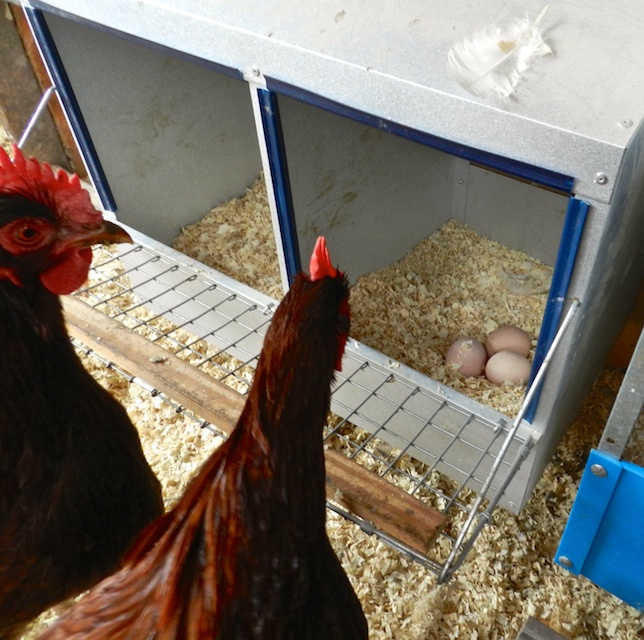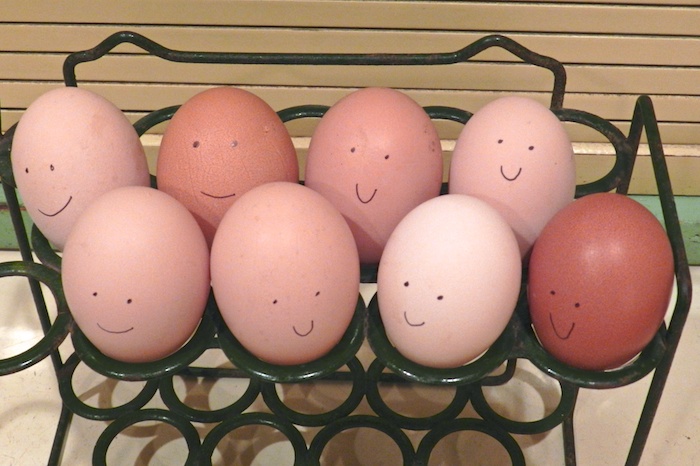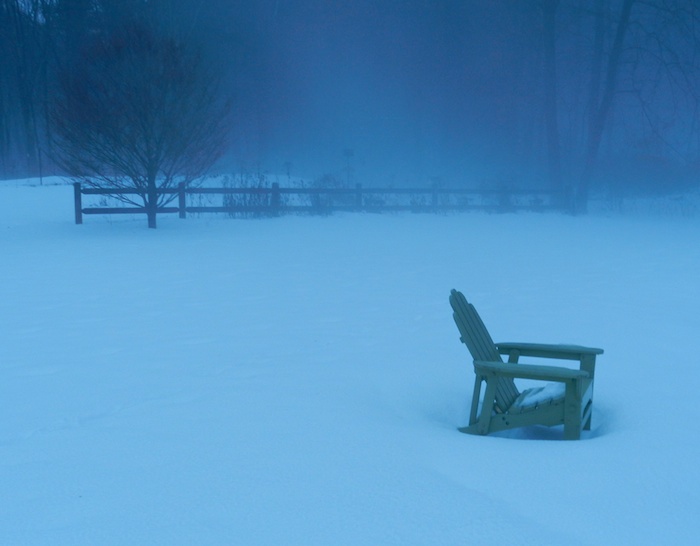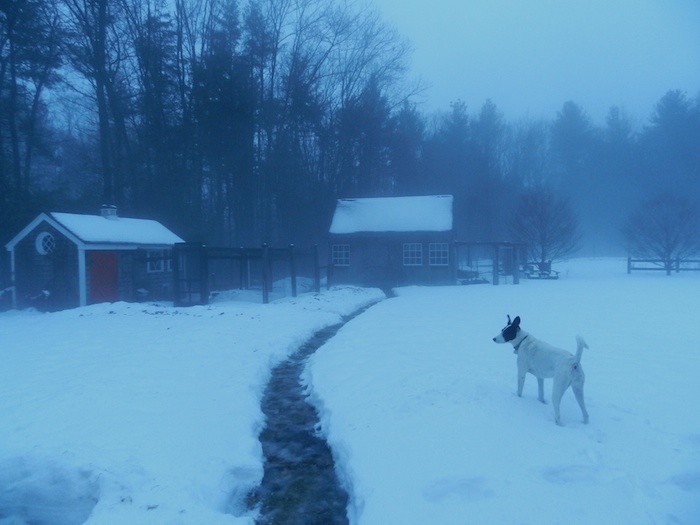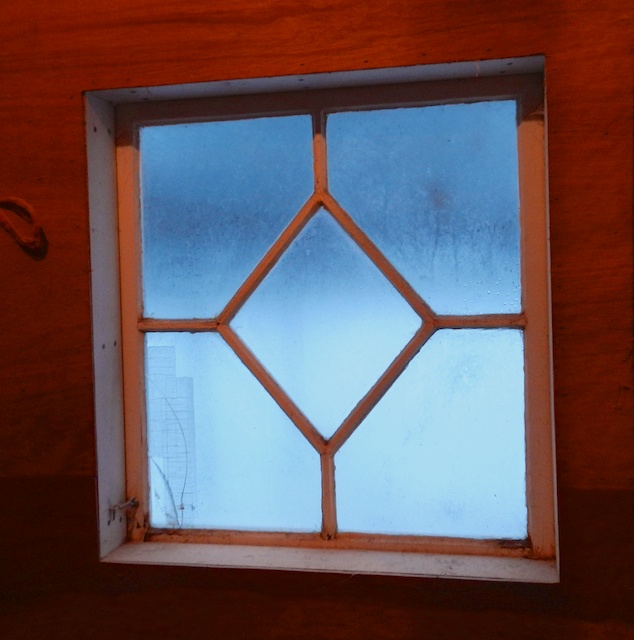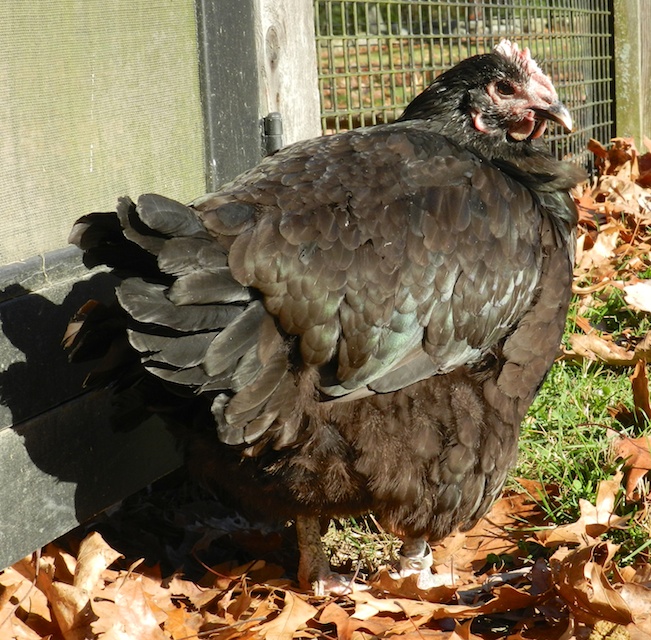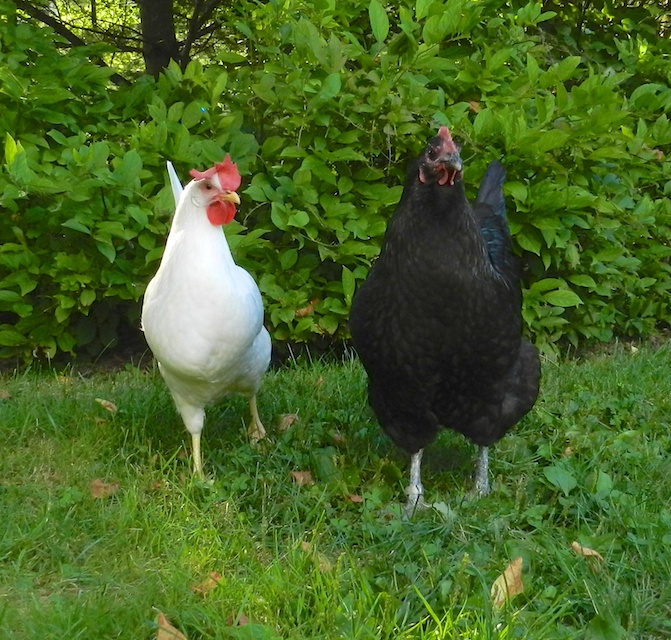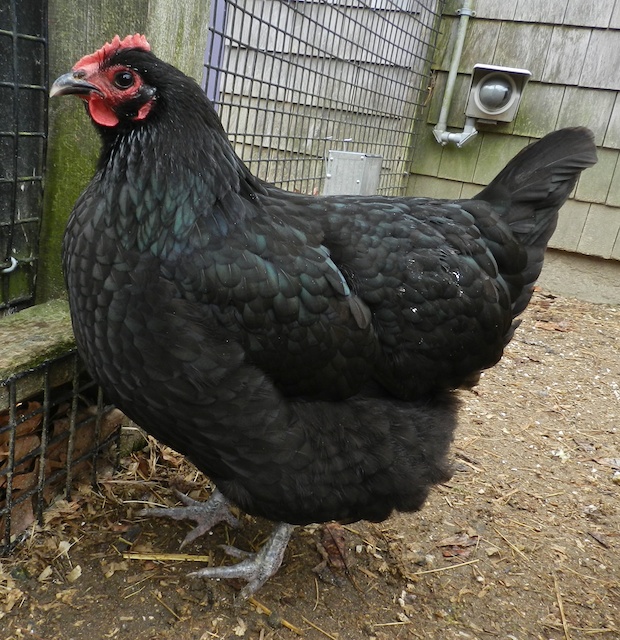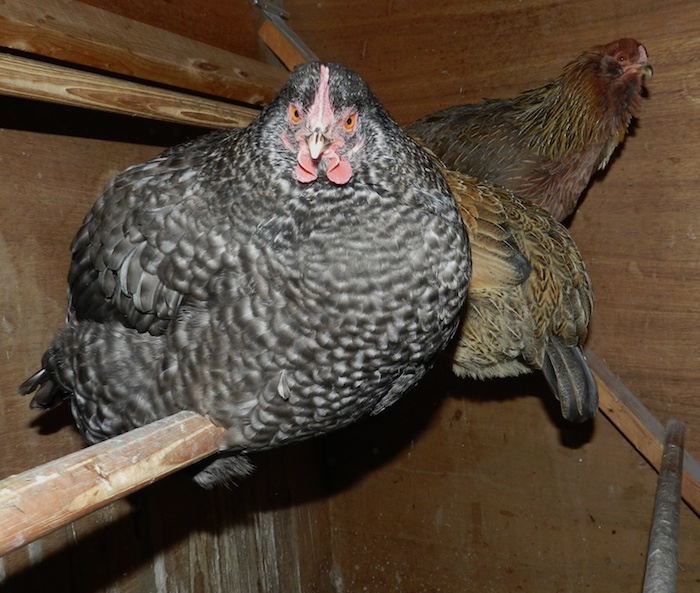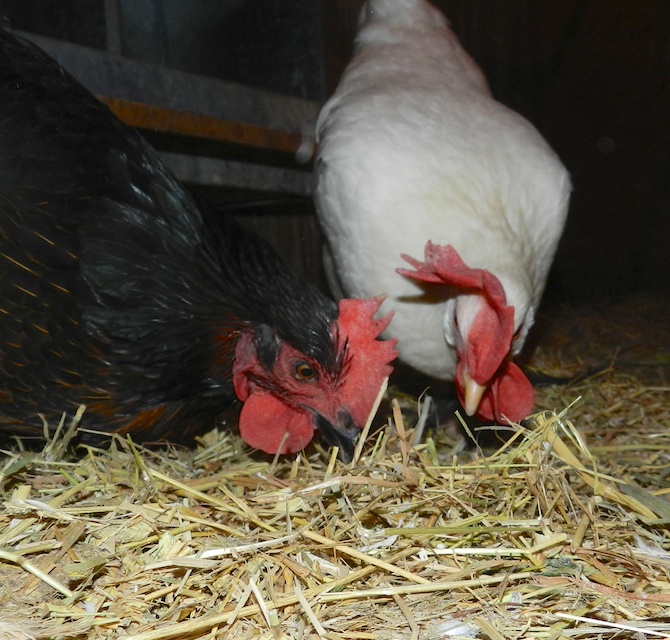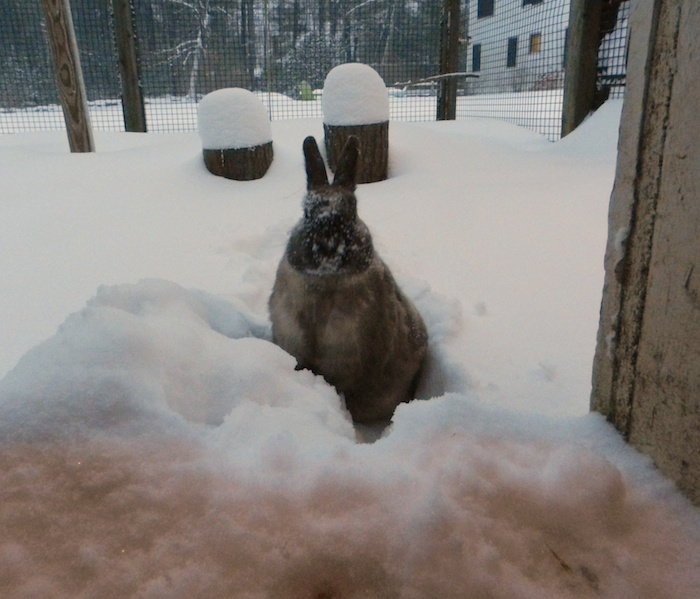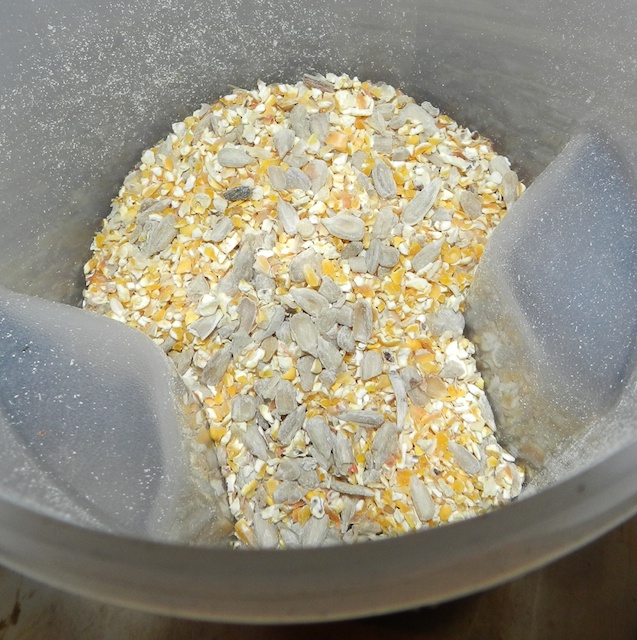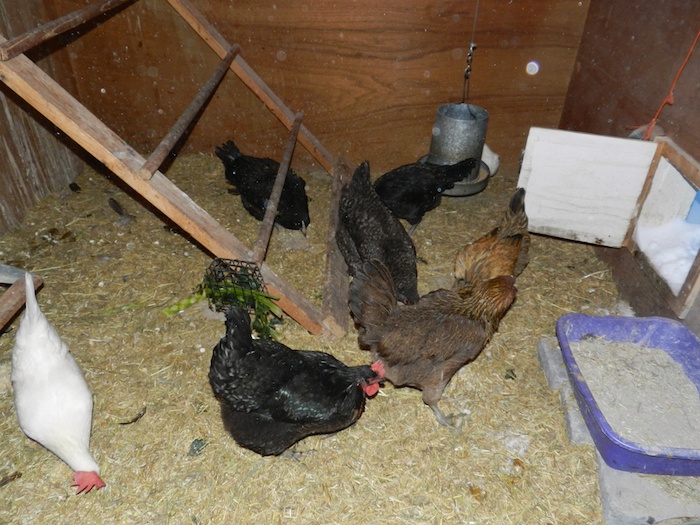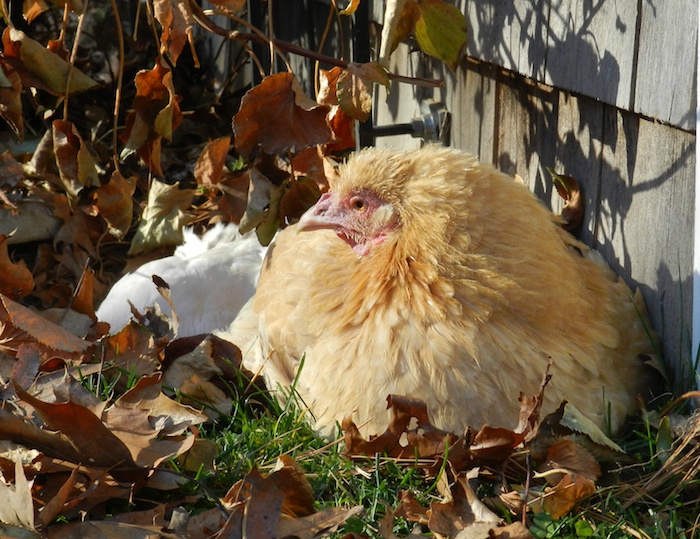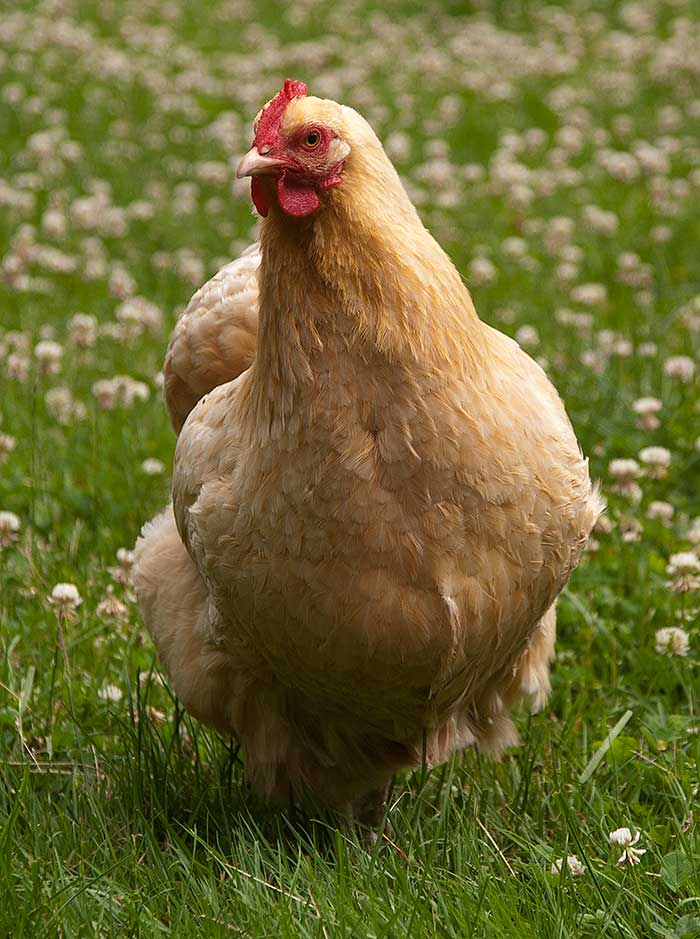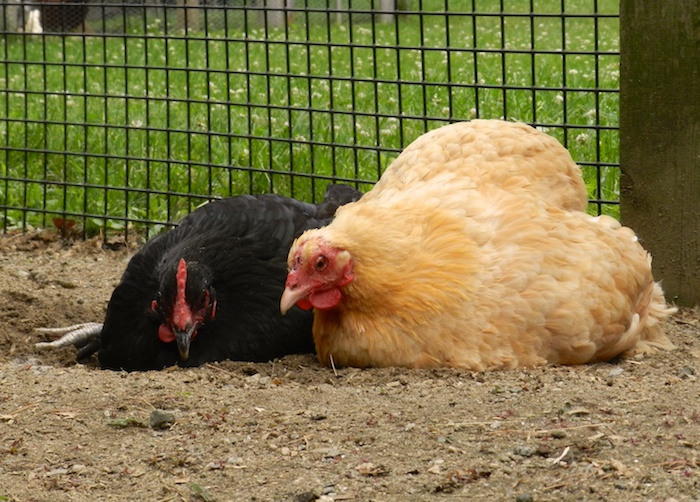I pinned a new egg chart onto the kitchen bulletin board, took down the old and tallied it up. I’ve been using this record keeping system for seven years, and I’ve learned much by looking for patterns and anomalies. For example, take a guess at which month is the highest producing. Did you guess May? June? Year after year, my hens lay the most eggs in March! This is because, by early spring, daylight hours lengthen, the molt is totally done, and (this is important) no one is broody yet. In another month the broodies will be taking up spots in the nesting boxes, but laying nary an egg. By late summer there will be stretches when heat stresses out the hens, reducing their productivity. By the end of August the poorest layers begin to molt. And so, early spring is the prime laying season.
Pullets don’t molt, and so that first year they should lay right through the winter. The Gems did. However, my Literary Ladies (my six pullets) have been a disappointment in their egg laying ability. Twiggy and Nancy Drew, between them, consistently leave ten eggs weekly. Both are breeds designed to be good layers. The others? They don’t lay at all! They are breeds that are not known for being winter hardy, or high producers. Still, I thought they’d lay one or two a week. Nothing! I am looking forward to March and am hoping that they will show their pleasure that it is springtime by leaving me some eggs.
Older hens produce fewer eggs each year. First of all, they take off several months to molt. Secondly, their egg laying ability slacks off somewhat. This year, my Gems laid 1,460 eggs. In 2012 they laid 2,103. Even taking into account that I sold the two broody hens to Kim in Maine, that’s still 643 fewer eggs. Two things happened in 2013 to account for that: there was a severe heat wave, and a respiratory disease felled the flock, requiring antibiotics.
In 2014, the Gems will be into their their third full year of lay. It is likely that a hen or two will die (for some chickens, three is a natural lifespan) and others will lay, but fewer than the year before. Fingers crossed, I won’t have a sick flock again. Meanwhile, the Ladies should be picking up the slack. However, judging by their 2013 performance, I’m not expecting much. Still, the hens in my backyard should lay enough eggs for my household of three. In fact, even during this winter deep freeze, right now, while writing this, I am snacking on a hard-cooked egg.
